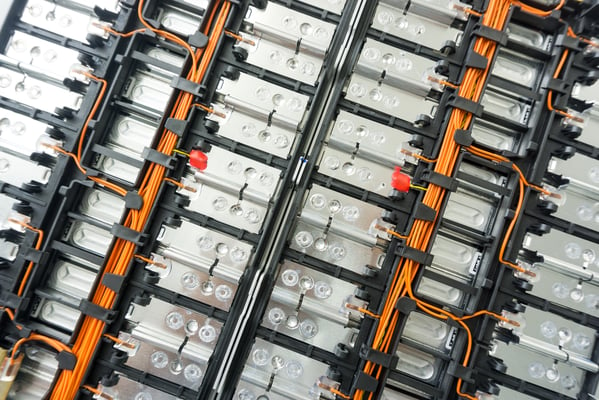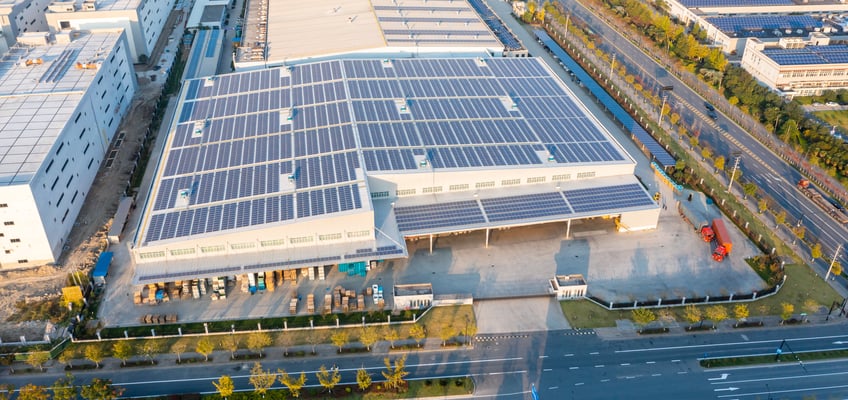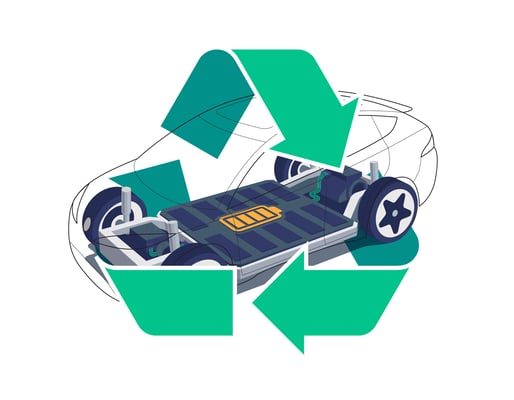
How battery energy storage systems could be the answer to the energy crisis
The energy systems worldwide need to change over the coming years. But what role does battery storage play in the shift towards renewable energy systems and the smart grid, and how can it assist in solving the energy crisis?
From fossil fuel-based energy systems to clean energy systems
The world is moving from a fossil-based energy economy toward a renewable energy economy. In addition, the power grids are changing towards a future smart grid where power distribution is fundamentally different from the original 20th-century power grids built for a different world than today. The grids were originally built for a much smaller consumption scale, and the way power was distributed and generated was different from today.
What do advancements in battery technology mean for the shift towards renewable energy?
Advances in battery technology have primarily been made because of the expanding EV (Electric Vehicle) industry. The need for bigger, better batteries for powering electric vehicles has had ripple effects. The growth has been driven by declining costs for battery storage technologies as the consumer market has grown and EVs have developed.
Wind and solar power are helping solve the climate crisis by replacing fossil fuels with emissions-free electricity, but those resources are intrinsically variable. Because solar and wind power sources do not continuously generate power, they generally either supply too little or too much for an energy system.
Battery storage, or BESS (Battery Energy Storage System), can store power from renewable sources. The power can be released when electricity is needed, thus avoiding curtailment when production is higher than consumption or lack of availability of power when the sun isn´t shining, or the wind isn´t blowing.
Lithium-ion batteries are among the fastest-growing storage technologies because they have a high energy density, high capacity, nearly 100% efficiency, and low self-discharge.
Electrical Energy Storage (EES) refers to converting electrical energy to a stored form, which can be converted back into electrical energy if required.
Batteries are one of the most common forms of electric energy storage, present everywhere in the lives of most humans. While short-duration storage is now installed to support the current levels of renewable generation, longer-duration storage technologies are required as more renewables are deployed in the electrical grid.
Why is BESS critical for the power grid?
Battery storage solutions can be integrated into the power grid to make the entire grid more flexible and efficient.
Energy storage will be an integral part of the new electricity system architecture being constructed as we speak since not only does it help balance the variability in the generation of power, it can enable consumers to consume higher proportions of their own renewable generation, reducing the need to send surplus power back to the grid.
Large-scale BESS allows electric grid operators to store renewable power, harvesting the surplus energy produced and enabling supplies of renewable solar or wind power to be available at night.
Also, the stored energy can be used to regulate the frequencies of the grid, as this may become unstable due to renewable energy sources like wind and solar lacking inertia (generated by the large, rotating masses of turbines traditionally).
Small-scale BESS can be installed in individual homes or buildings, like hotels or office buildings, to control power consumption and store power generated from solar arrays locally. This way, local power production, and consumption may contribute to a more robust, resilient power supply and secure power availability locally.
Also, the future smart grid will have possibilities of distributed, local power networks where locally produced power can be shared locally amongst, for example, different buildings in a specified area.
Battery storage has thus emerged as a critical component in the shift away from dirty fossil fuels and toward cleaner renewables, from utility-scale installations down to the level of individual buildings and homes. In the long run, battery storage might be part of solving the energy crisis.
Read more: The future of energy storage




